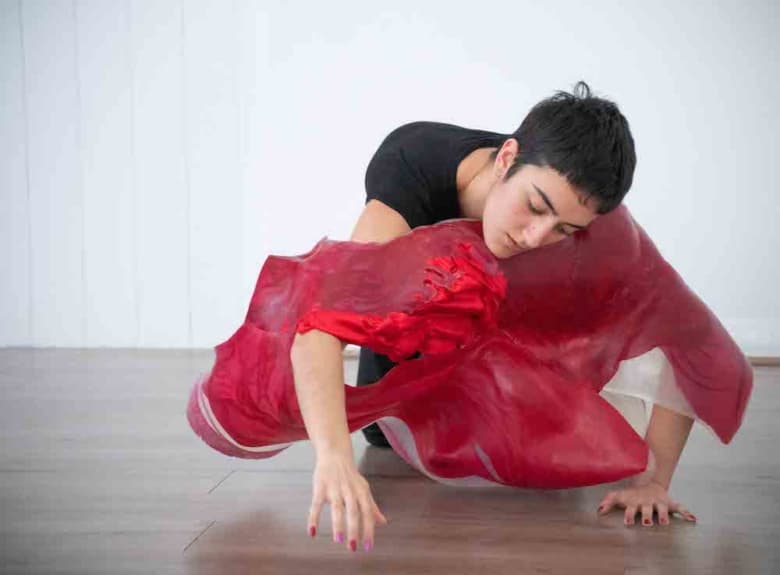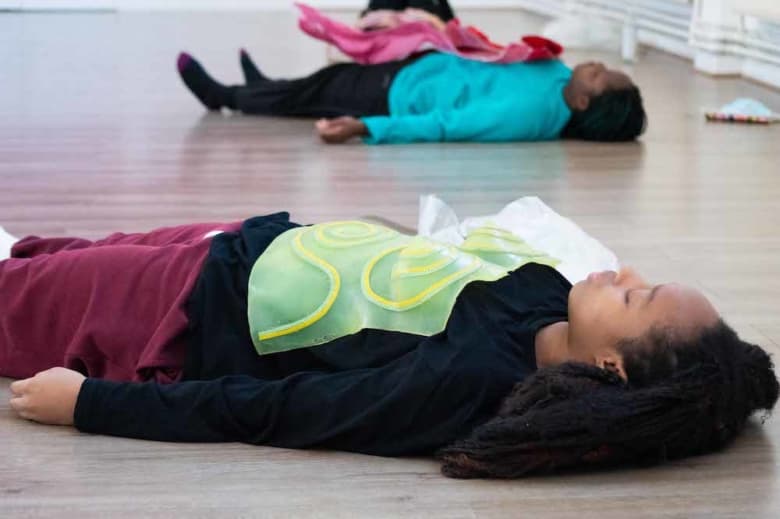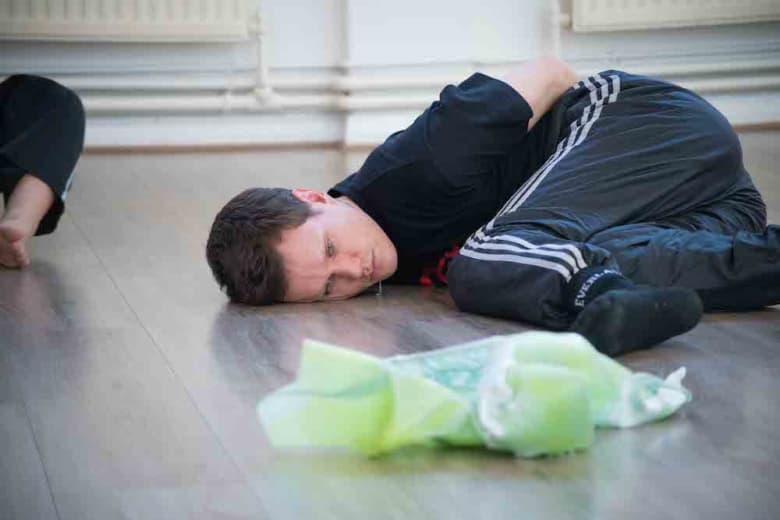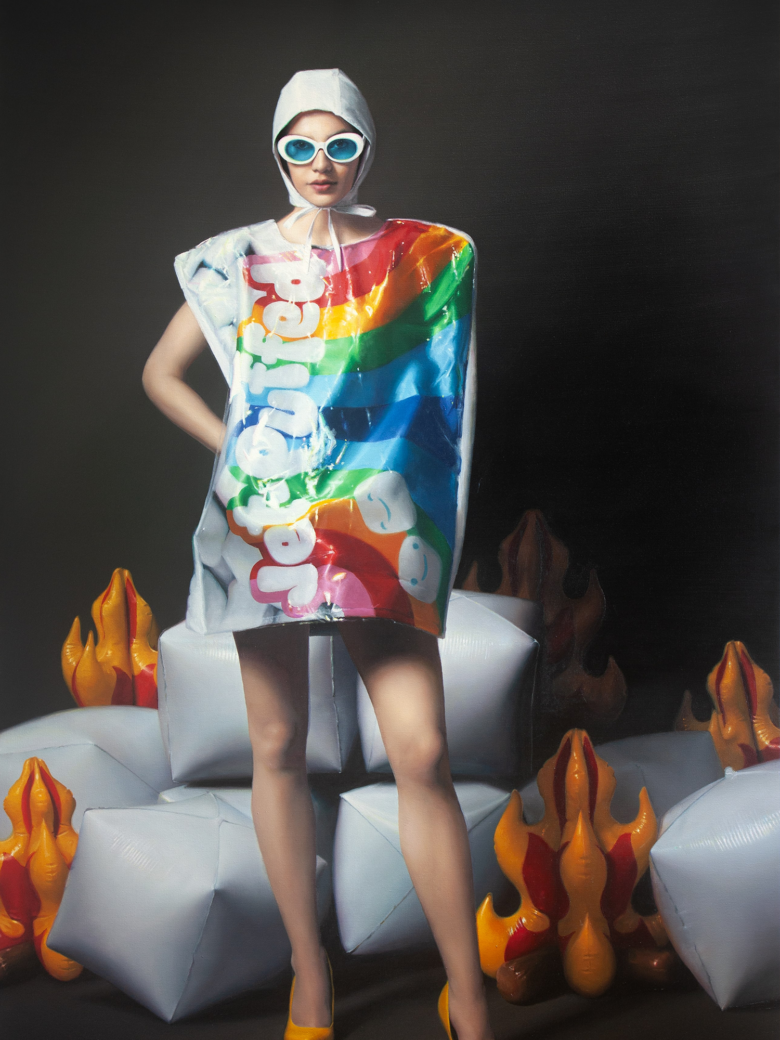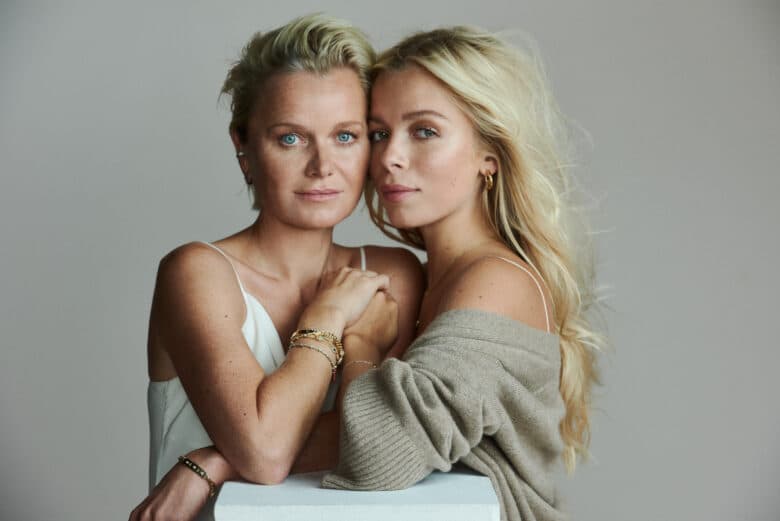Sinéad O’Dwyer: Slip Mould Slippery
If you don’t know Sinéad O’Dwyer, it’s time to start taking note. The RCA grad’s work straddles womenswear and industrial practice, crafting sensual pieces out of fibre-glass moulds cast from human bodies. Taking aim at the fashion world’s restrictive approach to the body, she’s part of a new wave of designers embracing the female form and rejecting the dominant note of fatphobia. Yet while she’s critiquing the industry, she’s also found a favourable place within it, having been featured by the likes of Vogue, SHOWstudio and Dazed.
Now, with her latest venture, Sinéad is pushing her practice into a new, expansive direction alongside choreographer Grace Nicol. Entitled Slip Mould Slippery, this collaborative project explores practices for working together ‘in the studio’ and what it now is to make performance for public venues. The duo are collaborating with dance artists Alethia Antonia, Dorna Ashory, Iro Costello, Florence Pearl and Natifah White to tackle themes of bodily autonomy in the context of dance, fashion and public spaces. Through the R&D, the artists have been questioning the autonomy of the performer, the power dynamics of inviting people to be seen and where power and responsibility lie within these exchanges through themes of the abject and New Materialism. This research included online zoom sessions, hosted by Grace Nicol and Dance4, with gallery programmers across the UK to gain insight into what is needed when programming and making dance in this context.
Below, we caught up with Sinéad to talk about her boundary-pushing practice and Slip Mould Slippery.
How did you and Grace meet and start collaborating?
We met when we were commissioned to create work for an exhibition curated by Bryony Stone at Galleria Melissa called All in: Bodied.
What was the collaborative process like?
It was my first time collaborating with a choreographer and I found it really incredible how Grace worked with the piece I created. The starting point was the consideration that the dancer would ‘wear’ the piece I had created which is perhaps a more traditional way of working with garments in dance (more like costuming). However, Grace used the piece’s weight and sounds as part of the process for the creation of the choreography, which I hadn’t considered when making it. The experience made me imagine my pieces in a new way and triggered the desire for us to develop our creative relationship further.
How was this project a departure from the rest of your practice?
Coming from the fashion design world and making work which criticises the fashion system’s standardisation of the body through its discriminatory sizing practices, it has been a really dynamic process connecting with the ideas that Grace proposes in her choreographic work. My practice began with thinking about the agency of garments that were pattern-cut with one body’s proportions in mind. This began to directly translate into the notion that when we are wearing most any garment, we are essentially wearing the imprint of another’s body on our bodies. This becomes a framework from which to perceive and judge ourselves against someone else’s understanding of the norm or the desirable. So, Grace’s practice, which focuses on object-body relations & materiality exploring the socio-political contexts of dance, really resonated with me. We began to discover the parallels in our practices and philosophies when first collaborating – now, this work has been an opportunity to deepen this connection, taking what we have already learned from each other and expanding our thinking and exploring what can be achieved practically between the interaction of our two art forms.
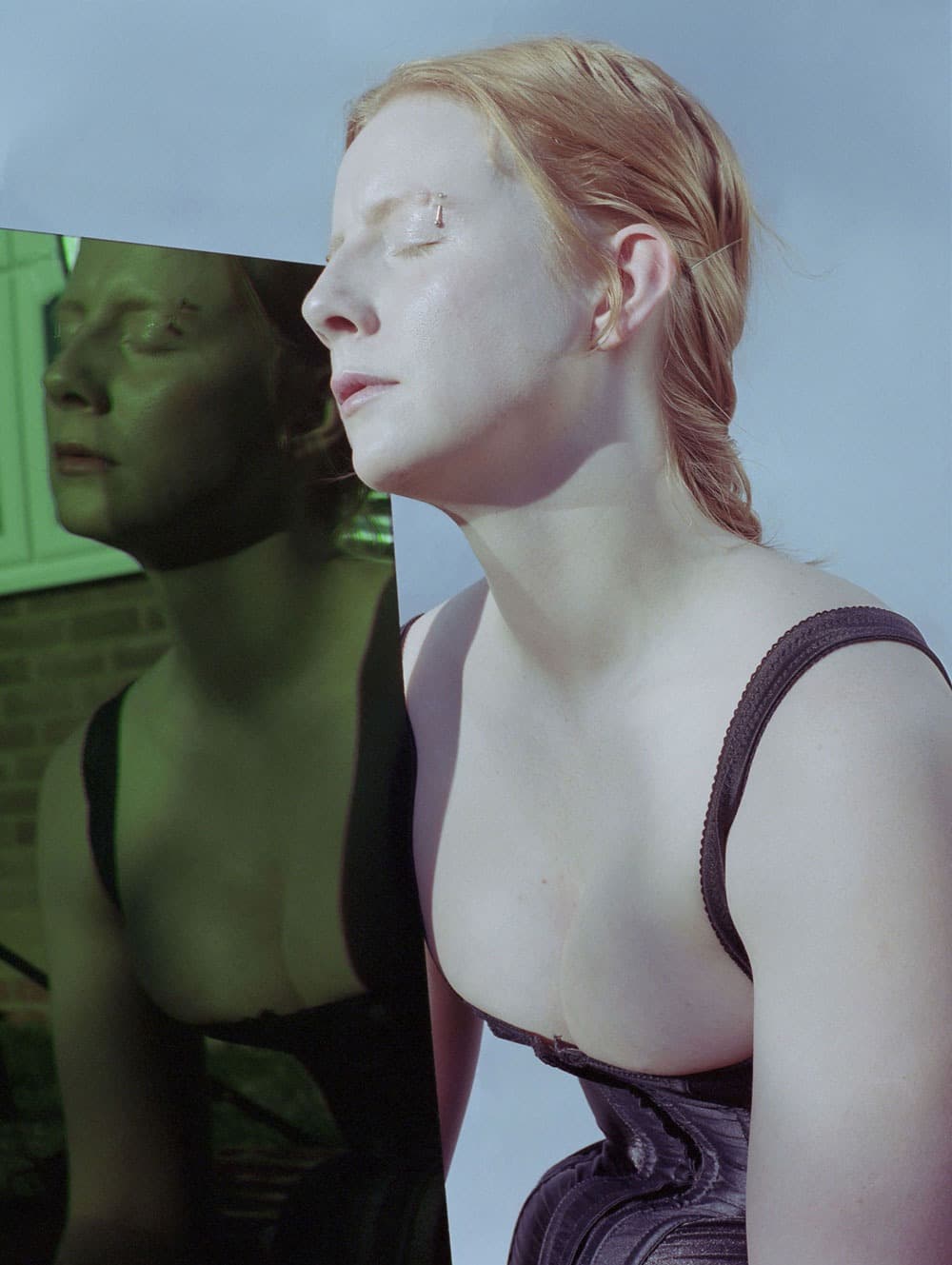
Tell us some of the themes that the project touches on?
We are tackling themes of bodily autonomy in the context of dance, fashion & public spaces, working with 5 dancers (Alethia Antonia, Dorna Ashory, Iro Costello, Florence Pearl and Natifah White) in this work using cast pieces as a medium through which to explore this. It was interesting to note how the dancers, as individuals with diverse experiences, interacted with the pieces and how the garments made them feel.
What are you hoping the outcomes of the project are?
We hope the piece will eventually be able to tour (possibly 2021 or 2022) but for now, we hope for a satisfying conclusion to our R&D process. By satisfying, I suppose I mean that the aesthetic in terms of design and movement makes a visual statement, but also expands our theoretical considerations about the socio-economic and cultural perceptions of the body. As I have said, it has already begun to have this impact on us and the dancers. Some of the findings of the project will be available in a free interactive public dance pack launching on the 25th March on the Dance4 website.
What was it like working with live performance in the current climate?
We’ve been working on the Slip Mould Slippery project for over a year building it slowly. We started with zoom calls. Working with the dancers on Zoom at the beginning of the development of the piece was a very unique way to begin working on performance. We have all had Zoom meetings in lockdown, but to discuss and explore movement based concepts without touch, in different locations and without a full sense of 3 dimensional form and space was quite challenging. However, the dancers gave so much to this process with their thoughts and openness that by the time we got to the studio there was an extremely deep understanding of the work already. Grace then had one-on-one studio sessions with the dancers developing ideas through improvisation and interacting with objects. Finally, we had sessions all together in the studio. The studio sessions where we were all together involved exploring the garments and their materiality. In these sessions we were able to draw inspiration from each other, in the moment, as we developed the work together. These sessions involved a great deal of planning in order to keep the participants Covid-safe. We’re happy and proud to say that nobody got sick!
Find further info about the project here and see more about the project via the gallery below.
Grace and Sinéad would like to thank the support they have had so far from the Arts Council National Lottery Grants, Dance Research Studio, Centre 151, Dance4, Chisenhale Dance Space and Ugly Duck. As well as thank the rest of their team Temitope Ajose Cutting (Pastoral Support Mentor), Jacky Lansley (Project Mentor), Treacle Holasz (Producer) and Becky Smith (Design Assistant).
